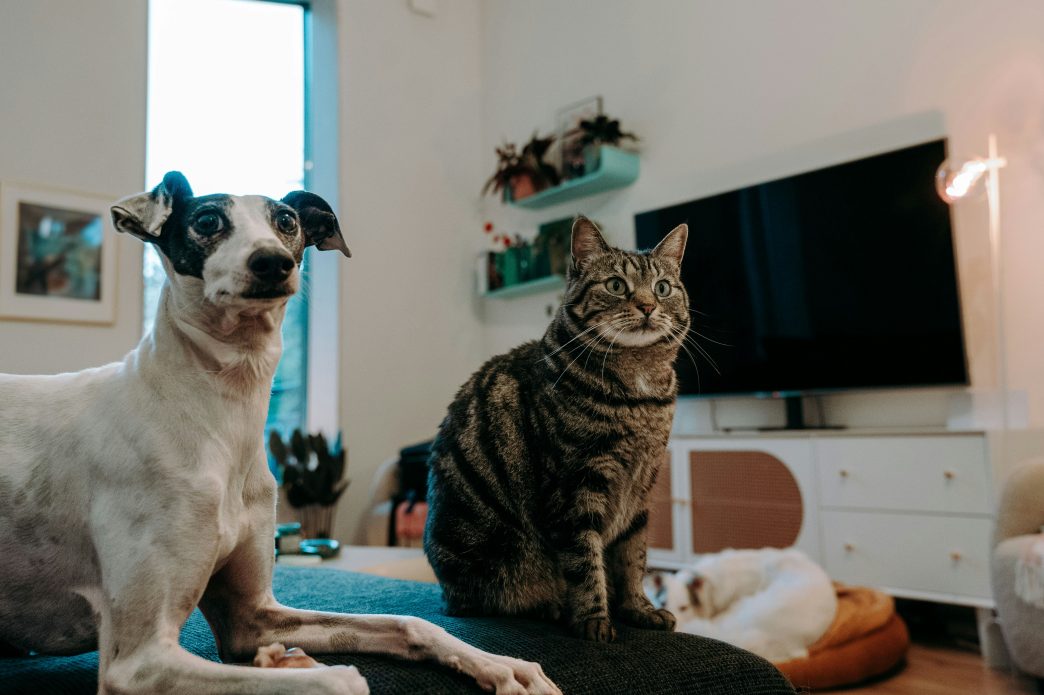Pet sitting is a rewarding profession that involves taking care of animals while their owners are away. However, like any business, it comes with its fair share of liabilities. Pet sitters are entrusted not only with the safety and well-being of beloved pets but also with access to the homes and personal spaces of their clients. This dual responsibility underscores the importance of understanding potential liabilities and avoiding common mistakes that can lead to financial or legal repercussions.
Understanding Liability in Pet Sitting
Liability refers to the legal responsibility one holds for their actions or inactions, which can result in damage or injury to another person or their property. In the context of pet sitting, liability can arise from a variety of situations, such as a pet causing harm to a person or another animal, damage to a client’s property, or even neglect leading to injury or illness in an animal under care.
Mistake 1: Inadequate Pet Business Insurance
One of the most critical mistakes pet sitters can make is operating without adequate insurance. Pet business insurance is designed to protect sitters from potential claims that could arise from accidents or incidents during a pet sitting assignment.
Why Insurance Matters
– Protection Against Claims: Covers costs associated with claims of negligence or accidents.
– Peace of Mind: Provides assurance that unexpected events won’t lead to financial ruin.
– Professionalism: Demonstrates commitment to running a responsible business.
Types of Coverage
Pet sitters should consider obtaining general liability insurance, which covers bodily injury and property damage claims, as well as professional liability insurance for errors or omissions in service.
Mistake 2: Failing to Secure Written Agreements
Verbal agreements can lead to misunderstandings and disputes. Written contracts ensure clarity between the pet sitter and the client regarding expectations, responsibilities, and compensation.
Key Components of a Contract
– Service Details: Outline duties such as feeding schedules, exercise routines, and specific care instructions.
– Duration and Timing: Include start and end dates, along with any specific time commitments.
– Compensation: Clearly state fees, payment terms, cancellation policies, and any additional charges.
– Liability Waiver: Include clauses that limit liability for unforeseeable incidents beyond the sitter’s control.
Misjudging Animal Behavior and Risk
Pet sitters must be adept at reading animal behavior to prevent incidents like bites or escapes.
Understanding Animal Signals
– Observational Skills: Recognize signs of stress, aggression, or illness.
– Experience with Various Breeds: Different breeds exhibit distinct behavior patterns; familiarity helps in managing them effectively.
Risk Assessment
Conducting an initial assessment before accepting a job can help identify potential risks and prepare accordingly.
Overlooking Health and Safety Protocols
Neglecting health and safety measures can lead to preventable accidents or illnesses.
Hygiene Practices
– Sanitation: Regularly clean feeding bowls, litter boxes, and cages.
– Handwashing: Practice frequent handwashing to prevent disease transmission between animals.
Emergency Preparedness
Having a plan for emergencies such as natural disasters or medical crises is crucial.
– First-Aid Kit: Keep a stocked pet-specific first-aid kit readily available.
– Veterinary Contacts: Maintain updated contact information for local veterinary services.
Ignoring Local Regulations and Licensing
Many regions require pet sitters to adhere to specific regulations or obtain licenses.
Compliance Benefits
– Legal Protection: Avoid fines or legal action by staying compliant.
– Enhanced Credibility: Demonstrates professionalism and dedication.
Research local ordinances related to animal care businesses to ensure compliance with all applicable laws and requirements.
Neglecting Proper Documentation and Record Keeping
Accurate record keeping is vital for accountability and transparency in operations.
Essential Records
– Client Information: Keep detailed records including contact information, emergency contacts, veterinarian details, and specific pet needs.
– Service Logs: Document visits, activities conducted, feeding times, medication administered, etc.
– Incident Reports: Record any accidents or unusual occurrences promptly for reference in case of disputes.
Inadequate Communication with Pet Owners
Effective communication builds trust and prevents misunderstandings.
Best Practices for Communication
– Regular Updates: Provide photos or messages during each visit to reassure clients.
– Honesty About Incidents: Report any issues immediately with full transparency.
– Feedback Mechanisms: Encourage clients to provide feedback for continuous improvement.
Conclusion: Elevating Standards in Pet Sitting
Avoiding these liability mistakes not only protects pet sitters from potential financial loss but also enhances their reputation as trustworthy professionals. By investing in proper insurance coverage, securing clear written agreements, understanding animal behaviors, adhering to health protocols, complying with local regulations, maintaining meticulous records, and communicating effectively with clients, pet sitters can ensure they provide high-quality services while safeguarding their businesses against common pitfalls. Embracing these practices not only elevates industry standards but also fosters a safer environment for both pets and their caregivers.














